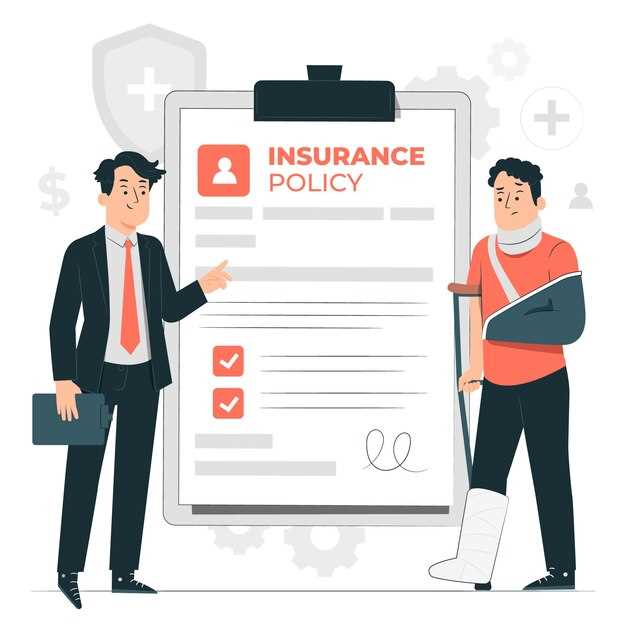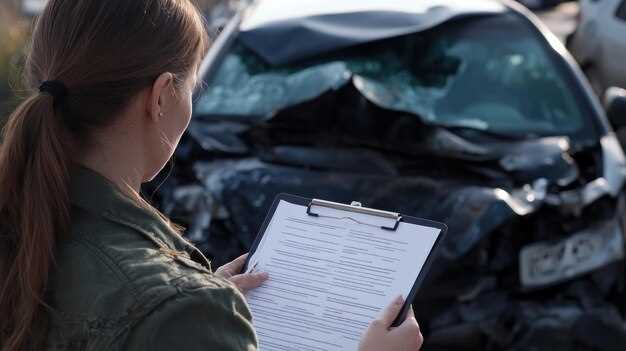
When dealing with the aftermath of an accident, securing a comprehensive report detailing the damage is crucial for ensuring timely approval of your insurance claim. This document serves not only as evidence of the incident but also provides your insurer with the necessary information to assess the situation and determine the extent of coverage applicable to your case.
Obtaining an accident damage report typically involves several steps. Initially, you need to gather relevant information from the authorities present at the scene, as well as details from any parties involved in the incident. This information will form the basis of your request to the insurer, highlighting the need for a thorough evaluation and swift approval of your claim.
In many cases, accident reports are generated by local law enforcement or insurance adjusters. Ensuring you receive a copy promptly is essential, as this document can significantly influence the outcome of your claim. By understanding how to navigate this process effectively, you can enhance your chances of receiving the appropriate compensation in a timely manner.
Steps to Request an Accident Damage Report from Local Authorities

Obtaining an accident damage report is crucial for filing an insurance claim with your insurer. Here are the steps you should follow:
1. Gather Necessary Information:
Before contacting local authorities, make sure you have all relevant details about the accident. This includes the date, time, location, and any involved parties’ information. Having your policy number handy can also expedite the process.
2. Identify the Correct Authority:
Determine which local authority handled the accident. This may be the police department, sheriff’s office, or highway patrol, depending on the jurisdiction. You can usually find this information online or by asking local residents.
3. Contact the Authority:
Reach out to the identified authority via phone or their official website. Inquire about the specific process for requesting an accident damage report. Some agencies might have online request forms, while others may require you to visit in person.
4. Complete Any Required Forms:
If there are forms that need to be filled out, do so accurately. Ensure that you include all pertinent details about the accident to avoid delays in processing your request.
5. Pay Any Associated Fees:
Be prepared to pay a fee for the report. The amount can vary by location and agency. Confirm the payment methods accepted, as some authorities may only accept cash or specific types of credit cards.
6. Wait for Processing:
Once your request is submitted, there may be a waiting period for the report to be processed. This timeframe can vary, so it’s a good idea to ask the representative how long you can expect to wait.
7. Review the Report:
When you receive the accident damage report, review it carefully. Ensure that all information is accurate, as any discrepancies could complicate your claim with your insurer.
8. Submit the Report to Your Insurer:
Once you have the report, submit it to your insurer as part of your accident claim. Be sure to keep a copy for your records.
Understanding Insurer Approval Process for Claim Submission
The insurer approval process for submitting a claim is a crucial step following an accident. This process ensures that your claim is evaluated fairly and efficiently, allowing you to receive the compensation you deserve. Upon submitting your claim, it is essential to provide a comprehensive accident report, as this document serves as the foundation for your request.
Initially, your insurer will assess the accident report for completeness and validity. This report should include all relevant details such as the date, time, location of the incident, and the parties involved. It is also vital to attach any photographic evidence, witness statements, or police reports that support your claim. A well-documented report can significantly expedite the approval process.
After the initial review, the insurance company may assign an adjuster to investigate the claim further. The adjuster’s role is to evaluate the circumstances surrounding the accident and verify the information provided in the report. They may contact you for additional details or clarification, and their findings will influence the insurer’s final decision on your claim approval.
Once the investigation is complete, the insurer will communicate their decision regarding your claim. This decision may involve approval, denial, or additional requests for information. If approved, the insurer will outline the compensation amount and the timeline for payment. Should your claim be denied, understanding the reasons for this decision can help you address any issues or potentially appeal the decision.
Ultimately, navigating the insurer approval process requires patience and diligence. Providing an accurate and detailed accident report is paramount for facilitating a smooth claim submission and enhancing the likelihood of approval. By understanding each step in this process, you can better prepare for potential challenges and work towards a satisfactory resolution for your claim.
Common Issues with Accident Reports and How to Address Them

Accident reports are crucial for processing insurance claims, but they often come with issues that can complicate the approval process. Understanding these common problems can help you navigate the claims journey more effectively.
One frequent issue is incomplete or inaccurate information within the report. Details such as the date, time, and location of the accident might be misrepresented, or key witness statements could be missing. To address this, make sure to review the report thoroughly and gather any additional evidence, such as photographs or witness contact information, to supplement the report.
Another common concern is delays in obtaining the report from law enforcement agencies. This can hinder the speed at which you can submit your claim to your insurer. To mitigate this delay, follow up with the appropriate authorities regularly and request updates on the status of your report. Being proactive can sometimes expedite the process.
Inconsistencies between the accident report and your own account of the incident can also arise. Discrepancies may lead insurers to question the validity of your claim. Ensure you document your version accurately and retain records of all communications related to the accident. This can help solidify your stance and clarify any misunderstandings.
Lastly, some accident reports may lack critical evidence, such as the police officer’s analysis or diagrams of the accident scene. If the report appears deficient, you can request a more detailed version from the issuing agency or seek a professional opinion for additional insights. Properly addressing these common issues will enhance your chances of a smoother insurance claims process and increase the likelihood of approval.



